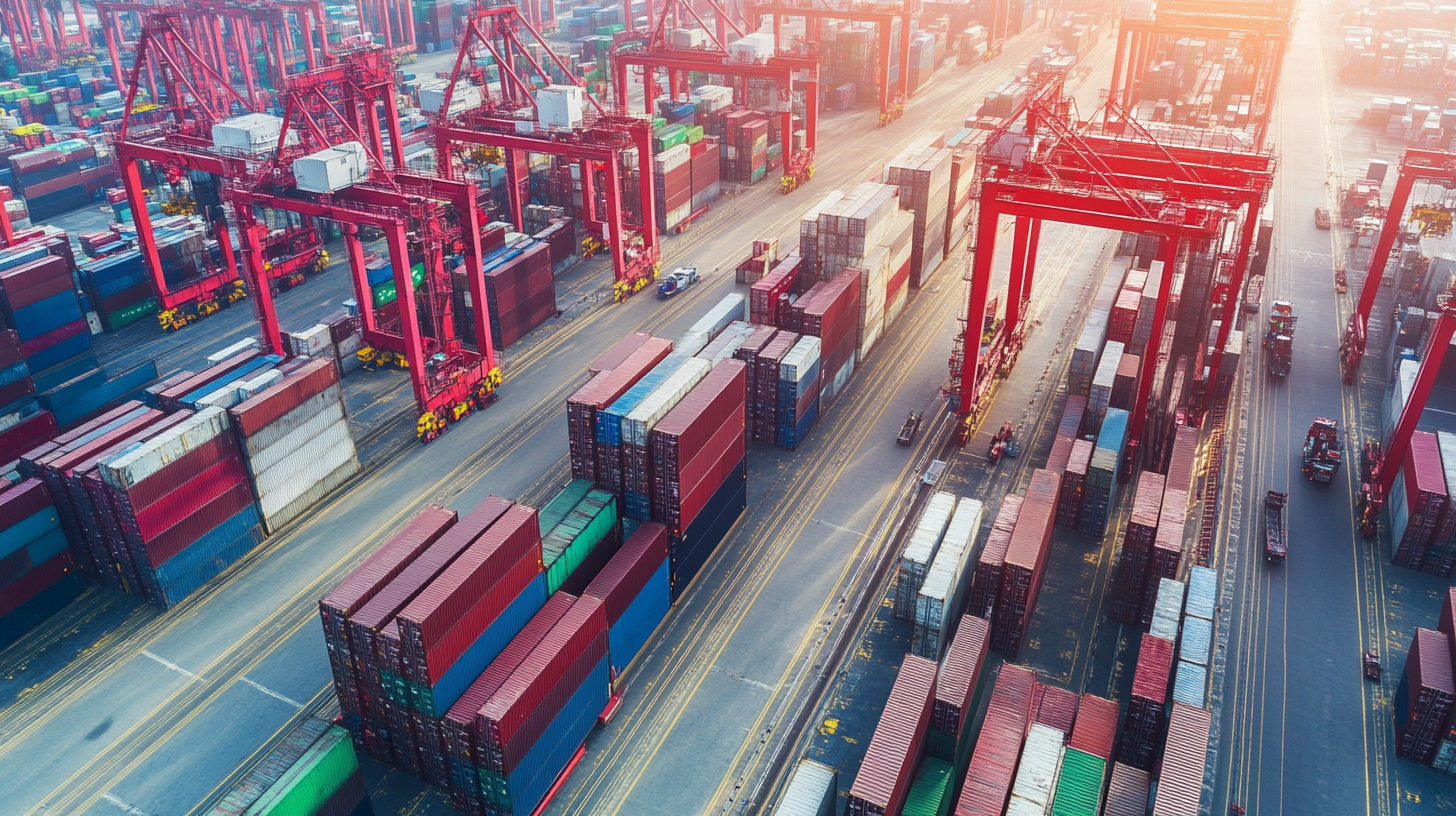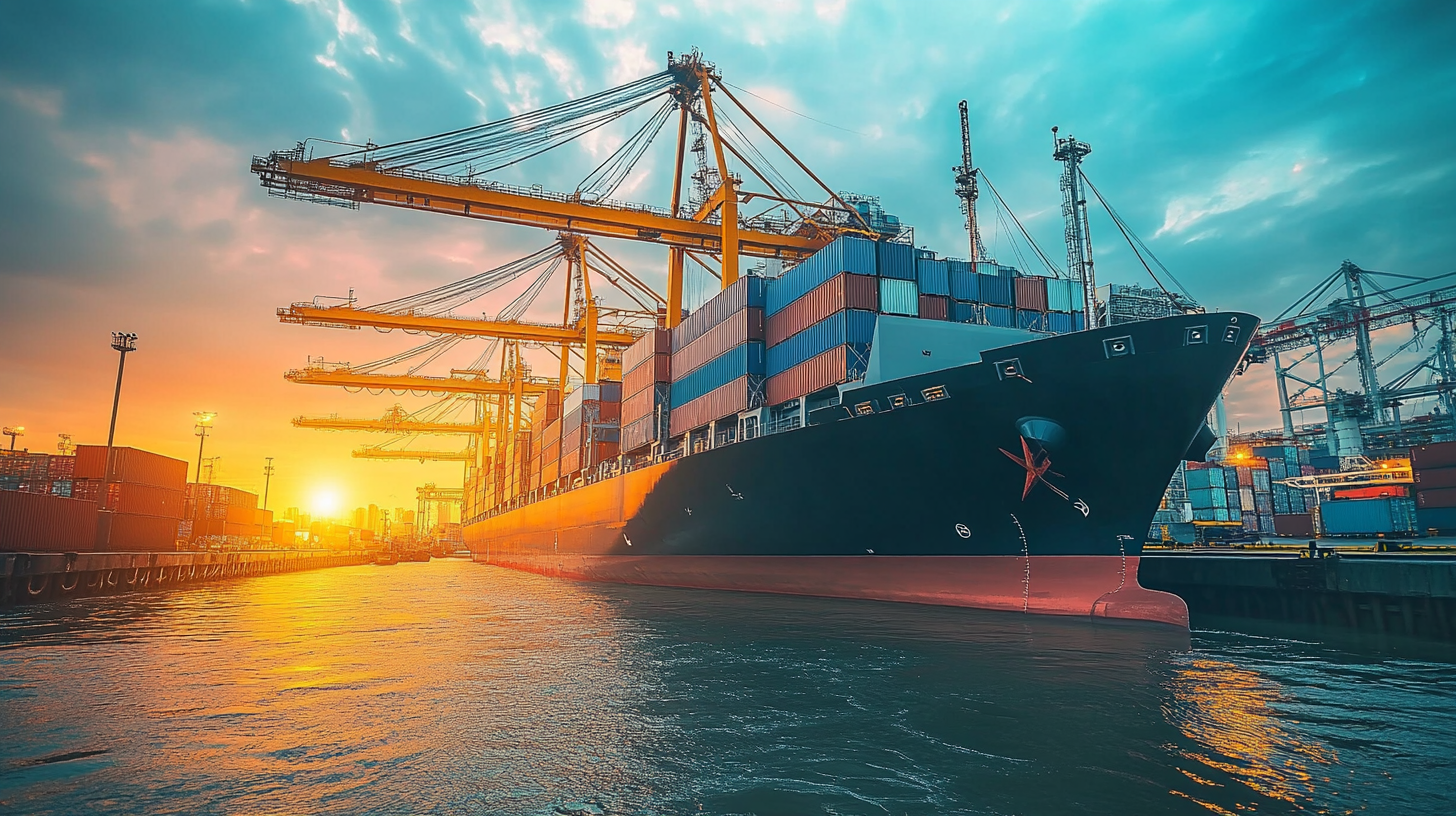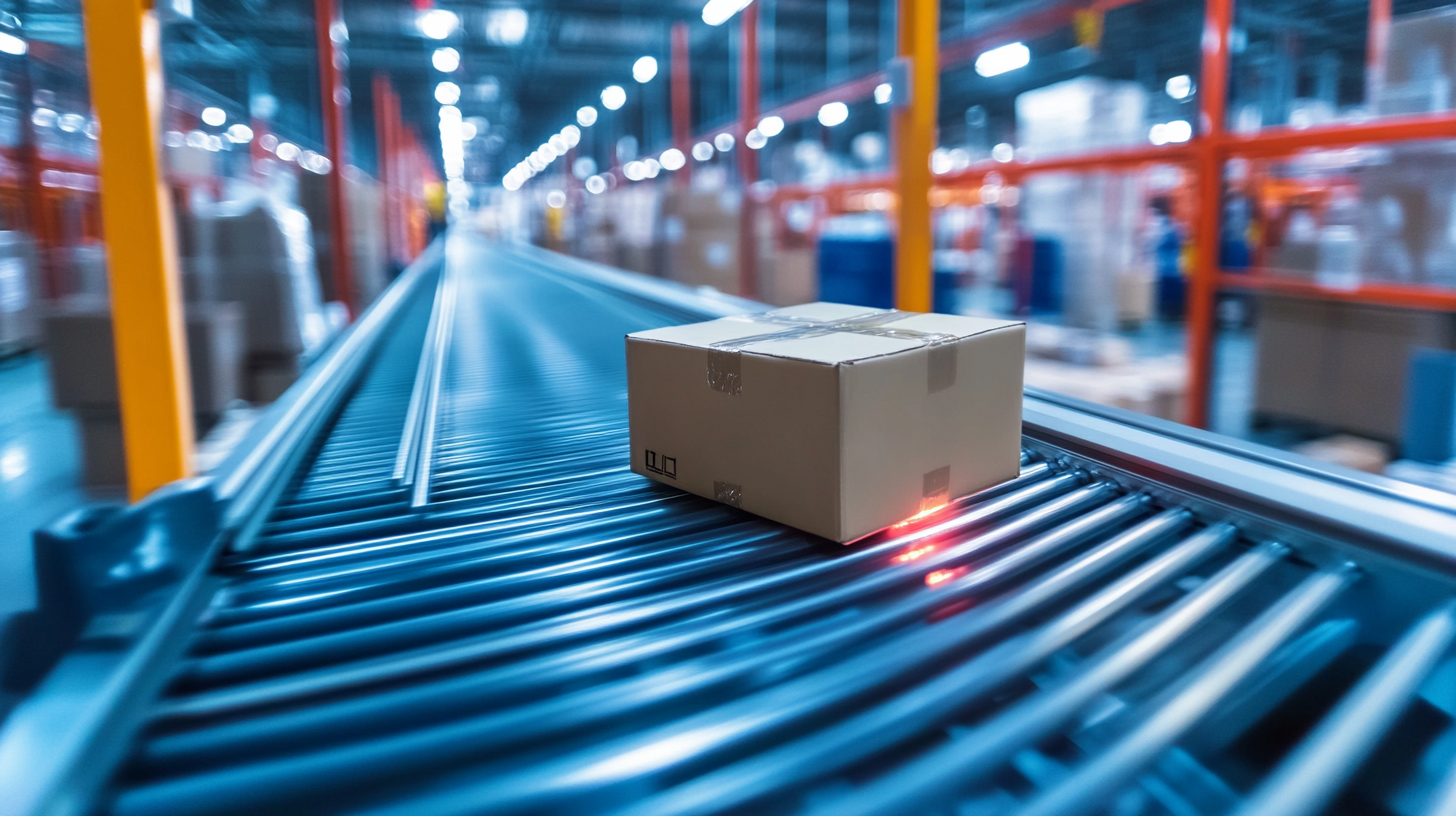


In today's competitive landscape, the journey from manufacturing in China to serving the global market demands a strategic approach that hinges on excellence and innovation. As businesses seek to capitalize on the strengths of Chinese suppliers, understanding the critical solutions available transforms the way they operate and connect with international customers.
This blog will explore how leveraging cutting-edge technologies, streamlining supply chains, and fostering collaborations with top-tier suppliers can unleash unparalleled manufacturing excellence. We will delve into practical strategies and insights that not only enhance operational efficiency but also meet the ever-evolving expectations of global consumers.
By navigating this dynamic terrain, organizations can position themselves at the forefront of the global market, driving growth and delivering exceptional value through optimized manufacturing solutions.
As we approach 2025, the integration of AI and automation into manufacturing processes is set to revolutionize the industry, particularly in China, which has long been a global manufacturing hub. These technologies are not just enhancing productivity; they are redefining operational efficiency and quality control. AI algorithms can analyze vast amounts of data in real-time, identifying inefficiencies and suggesting improvements faster than any human team. This shift not only reduces waste but also accelerates the production cycle, allowing manufacturers to meet global demands swiftly.
Tip: To harness the full potential of AI, manufacturers should invest in training their workforce. Upskilling employees to work alongside AI tools not only boosts morale but also enhances their ability to leverage technology effectively.
Automation also plays a critical role. Robotics and automated systems streamline repetitive tasks, increasing precision and freeing human workers to focus on more complex challenges. This synergy between human intelligence and automation drives innovation and reduces the likelihood of errors, which is essential in a competitive landscape.
Tip: Regularly assess the latest automation technologies and consider incremental implementations rather than a complete overhaul. This strategy allows for smoother transitions and helps in identifying which innovations yield the best results for specific operations.
This chart illustrates the projected manufacturing efficiency improvement in various sectors due to AI and automation by the year 2025. The data shows an overall trend of increased efficiency across different sectors, indicating a significant shift in manufacturing capabilities.
 As the landscape of manufacturing evolves, smart manufacturing technologies are at the forefront, shaping how companies operate and compete on a global scale. Key trends such as automation, the Internet of Things (IoT), and artificial intelligence are transforming traditional manufacturing practices, leading to enhanced efficiency and productivity. By incorporating smart technologies, manufacturers can monitor processes in real time, optimize operations, and reduce downtime, ultimately driving down costs and improving product quality.
As the landscape of manufacturing evolves, smart manufacturing technologies are at the forefront, shaping how companies operate and compete on a global scale. Key trends such as automation, the Internet of Things (IoT), and artificial intelligence are transforming traditional manufacturing practices, leading to enhanced efficiency and productivity. By incorporating smart technologies, manufacturers can monitor processes in real time, optimize operations, and reduce downtime, ultimately driving down costs and improving product quality.
Moreover, these advancements are not only beneficial for manufacturers but also for consumers and businesses worldwide. As companies in China push the envelope by adopting these technologies, they are setting new standards for production and supply chain management that resonate across the globe. The implications are significant; while manufacturers gain a competitive edge, consumers experience greater access to innovative products, shorter lead times, and increased customization. This shift towards smart manufacturing fosters a more interconnected global market, paving the way for sustainable growth and unprecedented opportunities for collaboration across industries.
The future of manufacturing is increasingly intertwined with sustainability, especially as global markets place greater emphasis on environmental responsibility. As we look ahead to 2025, manufacturers in China are not just responding to consumer demands but are actively innovating their processes to minimize ecological impact. This shift involves integrating renewable energy sources, optimizing supply chains, and adopting circular economy principles, ensuring that materials are reused and recycled, thus reducing waste.
Moreover, advancements in technology play a pivotal role in supporting these sustainable practices. Automation and data analytics yield insights that help streamline production and reduce resource consumption. Smart manufacturing systems can adjust operations in real-time to maximize efficiency while minimizing carbon footprints. As companies in China strive to meet international sustainability standards, they have the opportunity to not only enhance their competitive edge but also contribute to a more sustainable global economy, positioning themselves as leaders in environmentally conscious manufacturing.

In today's interconnected world, the role of supply chain resilience has emerged as a critical factor in global manufacturing. As businesses expand their operations beyond borders, the demand for agile and adaptable supply chains becomes increasingly significant. Factors such as geopolitical tensions, natural disasters, and sudden market shifts can disrupt production flows, highlighting the need for manufacturers to build robust systems that can withstand such challenges. Companies that prioritize supply chain resilience not only safeguard their operations but also enhance their competitiveness in the global market.
To achieve supply chain resilience, manufacturers must adopt various strategies, such as diversifying suppliers, leveraging technology, and fostering strong relationships with logistics partners. By diversifying their supplier networks, companies can reduce dependency on a single source, minimizing risks associated with interruptions. Additionally, integrating advanced technologies such as AI and IoT can provide real-time insights into supply chain performance, enabling quicker responses to potential disruptions. Finally, cultivating strong partnerships with logistics providers can ensure smoother operations, facilitating better planning and execution in times of uncertainty. In essence, embracing supply chain resilience as a core business strategy positions manufacturers to navigate the complexities of global markets effectively.
| Region | Manufacturing Output (USD Billion) | Supply Chain Resilience Score | Challenges Facing Manufacturers |
|---|---|---|---|
| China | 4,200 | 8.5 | Regulatory Changes, Labor Costs |
| United States | 2,300 | 7.2 | Supply Chain Disruptions, Talent Shortages |
| Germany | 1,800 | 8.1 | Energy Costs, Innovation Rates |
| India | 400 | 6.5 | Infrastructure Development, Quality Control |
| Japan | 1,000 | 7.8 | Aging Workforce, Technological Gaps |
As we look towards 2025, the advanced manufacturing landscape is evolving dramatically, driven by technological advancements and globalization. The future workforce will require a unique set of skills to thrive in this dynamic environment. Critical thinking, problem-solving, and adaptability will be essential as automation and artificial intelligence reshape traditional manufacturing processes. Workers must be able to leverage new technologies while still applying human creativity and intuition in the production process.
Tip: Invest in continuous learning programs that focus on both technical skills—such as programming and robotics—and soft skills like teamwork and communication. This dual approach will prepare employees to navigate the complexities of modern manufacturing.
Furthermore, there will be a growing demand for expertise in data analytics and cybersecurity. As factories become more interconnected, understanding how to analyze production data for efficiency gains and protect intellectual property will become crucial. Professionals equipped with these skills will play a pivotal role in driving innovation and competitiveness.
Tip: Encourage cross-disciplinary training to empower your workforce. This not only enhances employee engagement but also fosters a culture of innovation as team members learn to integrate diverse skill sets.